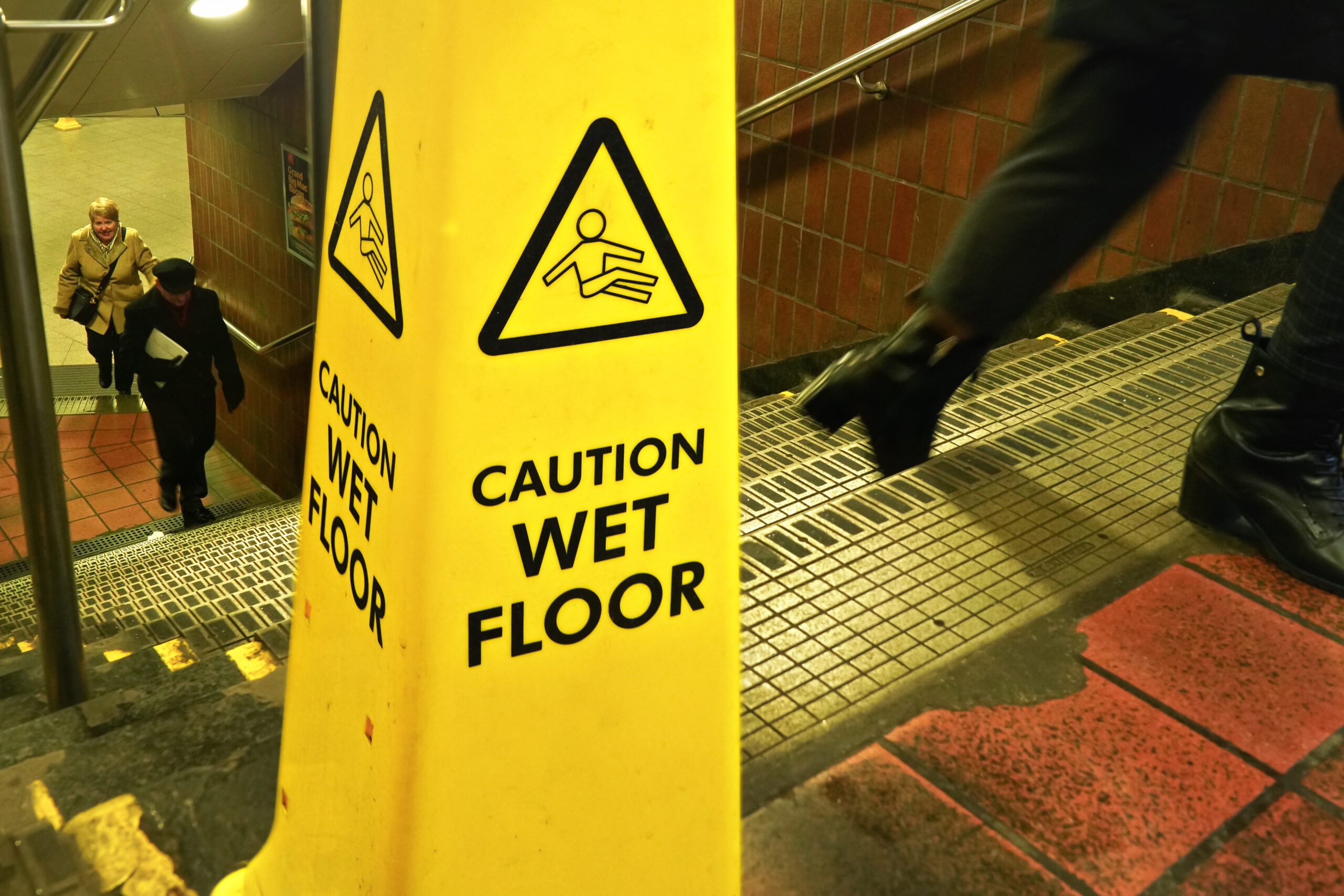Establishing Negligence: A Step-by-Step Guide for Potential Public Liability Claimants
Published on Posted onIf you suffer an unexpected accident in a public place or on a private property it is important for potential claimants to understand how to establish negligence and pursue a public liability claim. This blog will provide an easy-to-read step-by-step guide to help individuals navigate the process of establishing negligence.
Understanding the Concept of Negligence
For your injury to be eligible for public liability claims, your injury must have been caused by negligence. Negligence refers to the failure to take reasonable care, resulting in harm or impairment to another person. In public liability cases, negligence can be attributed to property owners or occupiers who have a duty of care towards individuals visiting their premises. For example, if the owner of a property does not fix a dangerous condition and it leads to your injury, they may be held liable for breaching their duty of care.
Key Factors in Establishing Negligence
To establish negligence the following must be established:
Duty of Care: The property owner or occupier must owe a duty of care to the visitors on their premises. (As seen in the example above).
Breach of Duty: When the standard of care is not met, a breach of duty has occurred. A property owner will not be considered negligent unless the following can be proved:
- The injury of an individual was foreseeable
- A reasonable person in those same circumstances would have taken steps to ensure the risk did not arise
Causation: There must be a link between the breach of duty and the injuries or losses suffered by the claimant.
Evidence is another factor that plays a big role in proving negligence. It is essential to gather and present evidence that supports your claim.
Gathering and Documenting Evidence
Collecting evidence is an extremely important part of proving negligence.
Photographs: Take photographs of the scene where the incident occurred, highlighting any hazardous conditions or factors that contributed to the accident.
Witness Statements: Obtain statements from witnesses who observed the incident or can provide information about the negligent behavior.
Evaluating the Circumstances of the Incident
Once you have gathered sufficient evidence, it is crucial to evaluate the circumstances surrounding the incident.
Foreseeability: Assess whether the property owner or occupier should have reasonably foreseen the potential risks or dangers that led to the incident.
Breach of Duty: Determine whether the property owner or occupier failed to meet the required standard of care, either through negligence or inadequate maintenance.
Causation: Establish a clear link between the breach of duty and the injuries or losses suffered by you as the claimant.
Communicating with the Property Owner or Occupier
You need to keep in communication with the responsible party when pursuing a public liability claim, you should notify the property owner or occupier about the incident promptly. Provide them with the necessary details and evidence to support your claim. It is also advisable to seek legal advice at this stage to ensure your rights are protected. Zaparas Lawyers can aid you in this situation, if you have a Public Liability Claim be sure to get in contact.
Initiating discussion for a settlement may be the next step after notifying the responsible party. It is important that you seek legal advice prior to engaging in any settlement discussions with the property owner or occupier and their insurance representatives. Any documents you sign or discussions you have without legal representation may impact your claim moving forward. If an agreement cannot be reached, you may need to consider taking your claim to court.
Establishing negligence is an important step in pursuing a public liability claim. By following this step-by-step guide, potential claimants can better understand the process and increase their chances of receiving fair compensation for their injuries or losses. Remember to gather and document evidence, evaluate the circumstances surrounding the incident, and communicate effectively with the responsible party.
If you have Public Liability Claim, you can contact Zaparas Lawyers here
You can find more Blogs on Public Liability below:
Public Liability Change: Supreme Court overturns Supermarket decision
Can I make a claim if I have been injured in a pool?
What is a Public Liability claim?
Asbestos product imports highlight need to understand product liability rights
Trips, Slips, Falls and Everything in Between
Top 3 Reasons to Contact a Public Liability Lawyer If Injured Out in Public


